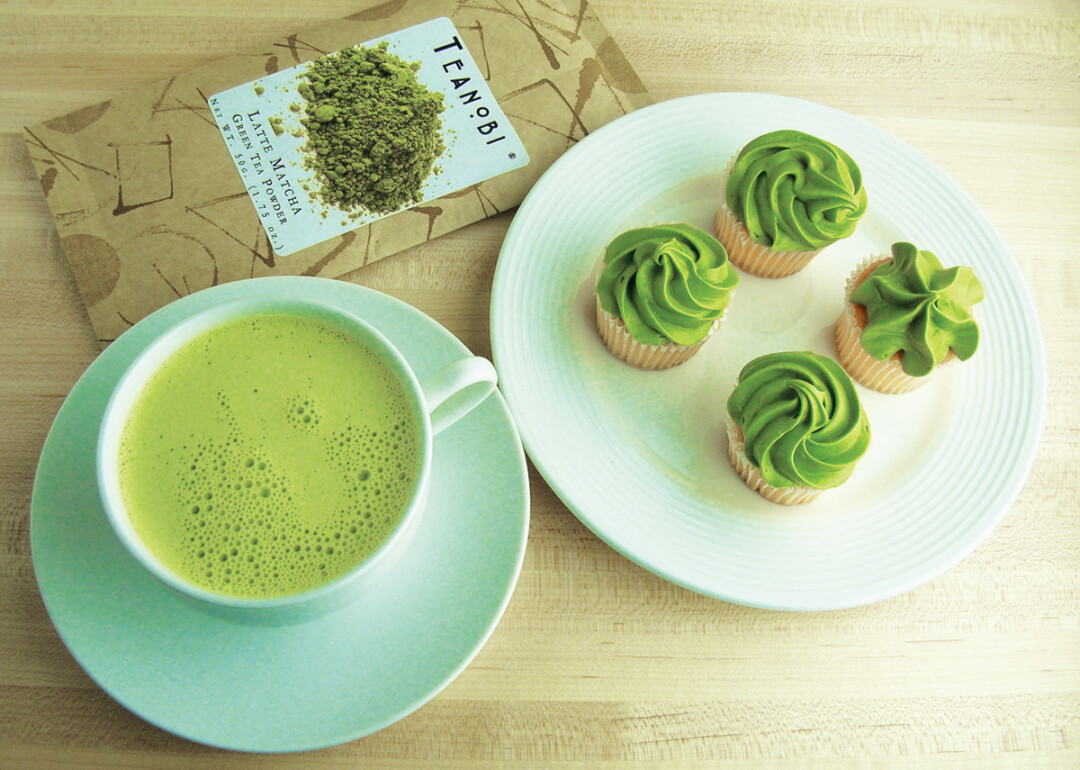All Green Everything (the natural way)
your family can enjoy St. Patrick’s Day goodies without the nasty chemicals

Whatever your reasons for avoiding artificial food coloring this St. Patrick’s Day – the ingredients, a desire to be healthier, or maybe even a challenge to see just how creative you can be – there are plenty of ways to achieve fun, festive holiday treats naturally.
“When you’re making your own food colors, get ready to embrace the entire color palette,” said Amy Thierfelder, a former Wisconsin resident who is now a chef and preschool teacher in California. “The colors are going to vary. They’re not going to be that bright, artificial green you’re used to seeing. You might achieve a light, minty green; a deep, rich green; or something in between.”
Whether your recipe is sweet or savory, Thierfelder recommends using dark, leafy greens like spinach or Swiss chard to create green food coloring. Bonus: The fact that these are cold-weather crops means they are readily available in many parts of the country right now, including Wisconsin.
According to Thierfelder, your goal is to extract the liquid from the greens. To do that, chop up about one pound of greens, place the pieces into a blender with about half a cup of water, and blend into a paste. Then scrape the paste from the blender and put it into a saucepan over low heat. That little bit of heat will help loosen up the chunky paste, allowing you to strain it using a fine kitchen towel. To strain the liquid, simply put the warmed up paste into the towel and squeeze it over a bowl. The result: beautiful – and healthy – liquid chlorophyll that you can use to tint your favorite recipes green.
“That liquid chlorophyll is so healthy, I recommend using it year-round to have some fun with your food. Mix it into scrambled eggs when they’re about halfway cooked, drizzle it onto freshly toasted bread, or pour it over pasta just before you serve it,” Thierfelder said. “But for St. Patrick’s Day, you could add a few drops of this liquid to plain buttercream frosting or swirl it into cake or muffin batter when you’re just about done mixing to give your recipe a green hue.”
To ensure your natural food coloring endeavor is truly sustainable, don’t throw away the paste that is left over from the straining process. Add it to pasta sauce, spread it onto a sandwich, or make it into spinach artichoke dip. According to Thierfelder, the paste will add a hearty, earthy, concentrated flavor that will enhance the taste of many dishes.
To Make Frosting
Ingredients
1/2 cup butter, softened
1/2 cup shortening
1 teaspoon vanilla extract
4 cups confectioners’ sugar
2 tablespoons milkDirections
1. In large bowl, cream together butter, shortening, and vanilla
2. Blend in confectioners’ sugar
3. Beat in milk
4. Continue mixing until light and fluffyNatural Green Dye
Ingredients
1 pound spinach/kale/Swiss chard
1 cup (or less) of waterDirections
1. Finely chop your greens (remove stems from kale and chard)
2. Grind in a blender or food processor with half cup water (Add a few more tablespoons of water if needed but do not exceed 1 cup)
3. Scrape into saucepan over low heat
4. When heated through, scrape into a clean dish towel
5. Twist and squeeze the dish towel over a bowl to extract all the liquidTo dye frosting green
1. Add a tablespoon of green liquid and blend
2. Continue adding green liquid until desired hue is achieved
3. Spread onto cookies or cupcakes for a festive look
4. Store the green liquid in the fridge for a few days by covering with plastic wrap.Naturally green meal items
• Kale chips (made by baking pieces of kale tossed in olive oil and sea salt)
• Sweet pea juice
• Green grapes
• Bell peppers
• Avocados
• Kiwis
• Cucumbers
• Green beans
• Green olives




















